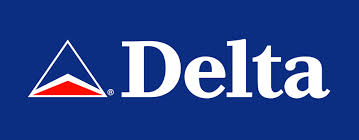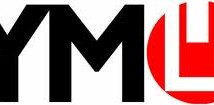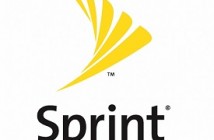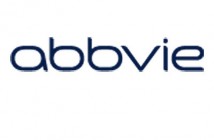Delta Air Lines, Inc. (NYSE:DAL) has registered tremendous results in the past few years. Only two and a half years ago, the company had the best stock in the market. It has also experienced a growth with its stock increasing four times since September 2012.
With Delta Air Lines, Inc. (NYSE:DAL) shares value depreciating by 10% from $50 last month, investors are advised to buy them since that drop signifies a better future for investment. This future could be because of the following reasons;
Gradual increase in the company’s profits
In 2014, Delta Air Lines, Inc. (NYSE:DAL) earned more than $4.5 billion as pre-taxed profit. This value is likely to be the highest in the airline industry with a year-over-year growth of $1.9 billion. The company therefore archived most of its goals set previously such as EPS, return on invested capital and free cash flow.
Taking advantage of the low prices registered by oil, the company expects its operating margin to hit 11%-13% moving up from 7% that was last years.
Delta Air Lines, Inc. (NYSE:DAL) recently experienced a drop in its stock as well as revenue. In short, a 3.5% decline and a 6% year over year and capacity increase respectively were realized in January reports both financial and operating ones.
The above results were exactly what the business’s management was expecting. From the company’s reports, it was disclosed that the 1.5% decline in revenue was majorly caused by stiff competition it faces at the moment. Currency fluctuations also resulted in the decline to some point contributing a one percent decrease.
Delta Air Lines, Inc. (NYSE:DAL) has to build some firm roots now and take advantage of the declining jet fuel prices to hike its revenue in the first quarter.
Robust cash flow path for the company
The enterprise is still on the right track for the best results in this year earnings. Delta Air Lines, Inc. (NYSE:DAL)’s cash flow is expected to rise to $7 billion beating the last years, $5.8 billion. This move will greatly depend on the oil prices this year.
The company has plans to spend a total of $2.8 billion on Capex, that will eventual earn a free cash flow of $4 billion. The company’s rival, American Airlines (NASDAQ:AAL), is operating in the same cash flow, but the difference comes in as follows; for the next four years, the company has to spend $4.4 billion averagely yearly on new aircrafts. This expenditure will include $5-$6 billion annual Capex.
In a period of four years from now, Delta Air Lines, Inc. (NYSE:DAL) plans to buy a total of 150 new planes, which will undoubtedly replace the old stock such as Boeing 747. Also, the company will receive 36 used planes (Boeing 717) to operate on regional routes.
The company has also promised at least $1.5 billion that its investors will enjoy as dividends and share pay-backs in 2015. With these promises together with the usage of its free cash flow for pension obligations, Delta Air Lines, Inc. (NYSE:DAL) is still stable to hit its target of $1.5 billion cash return. Additionally, the company’s stock is expected to hit new heights when its plans are archived.




